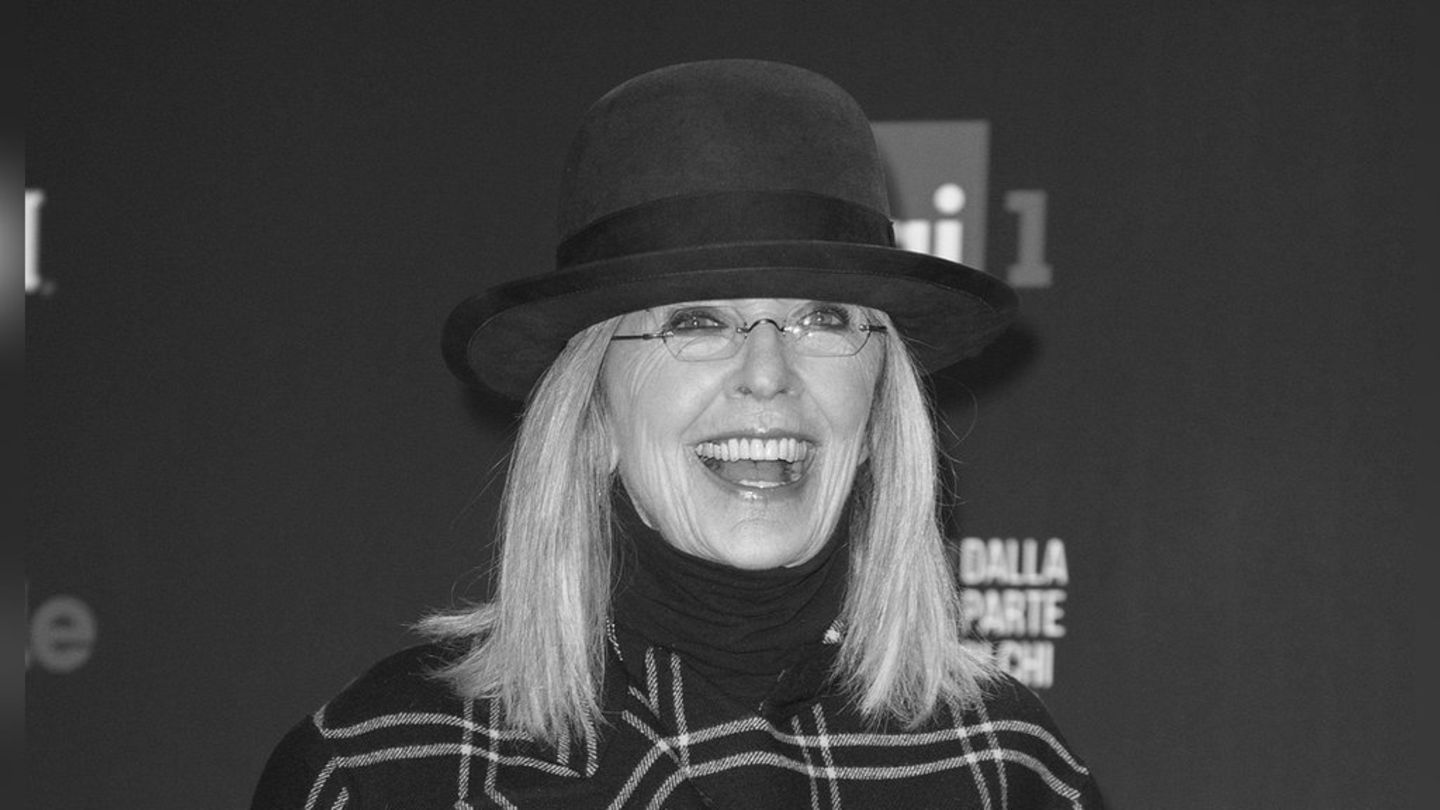Provence is known for its lavender fields. In Germany, the violet flowers have so far tended to be seen in gardens – but cultivating them on the field also works.
More than 500 kilometers as the crow flies separate the Kaiserstuhl from Provence. Here and there the lavender blooms in all its glory. While the region on the French Mediterranean coast is known for its postcard idyll painted in violet, Beate Klingenmeier has only been growing the fragrant shrubs extensively in southern Baden since last year.
She now cultivates three fields in Vogtsburg near Freiburg, a total of one hectare. Nine different types of lavender grow here. From real lavender – which was voted medicinal plant of the year in 2008 and medicinal plant of the year in 2020 because of its calming, anticonvulsant and wound-healing effects – to the natural hybrid lavandin, whose essential oils are more productive and whose effect is slightly different in detail. “They have different colors and flowering times,” explains Klingenmeier. To her knowledge, she is the only lavender farmer on the Kaiserstuhl.
For the French farmer Hervé Lauzier, on the other hand, the last lavandin harvest is due this year in some fields in Châteauneuf-du-Rhône. In autumn he wants to uproot three hectares of the plant. “It’s a product that we might sell for less than 10 euros,” he told French broadcaster France 2. Three or four years ago it was 35 euros per kilo.
Prices went up, demand didn’t
A few years ago, the price of lavender and lavandin was so high that more farmers cultivated fields with the plants or expanded their production. According to figures from the French Ministry of Agriculture, perfume, aromatic and medicinal plants were grown on 27,900 hectares in 2010. In 2018 it was 48,000 hectares. Lavender and lavandin account for a good half of the production of these plant species in France. In the Provence-Alpes-Côte-d’Azur region, cultivation increased by 8.5 percent in 2020.
But demand lagged behind supply. French media are now talking about overproduction in the lavender country. Farmer and union boss Alain Aubanel will now convert a few hectares. About ten percent of the lavender areas would have to go. While he can switch to grain or meadow grass, overproduction is more threatening, especially for farmers in the mountains. The trade unionist told the broadcaster France Bleu: “The lavender farmers in the traditional areas who cannot grow other crops are hit the hardest.”
French farmers are also feeling pressure on the market from lavender and lavandin from other countries. In addition to France, the plants are cultivated on a large scale in Spain, Southeastern Europe and Russia. Neither the Federal Statistical Office nor the Federal Association of German Plant Breeders have figures on lavender cultivation in Germany. Its consultant for ornamental plants, Kerstin Schlemmer, refers to a few projects in Upper Lusatia, for example.
challenge weed
The fragrance manufacturer Taoasis in Lage, North Rhine-Westphalia, has around 19 hectares of lavender itself and cultivates the fields according to the strict guidelines of the Demeter organic cultivation association. The biggest challenge is weeds. “This is then removed by machine in the lane, but manually in the row itself.” This work occurs several times a year.
A task that Beate Klingenmeier at the Kaiserstuhl is also familiar with. In the glowing midday sun, she and many helpers recently harvested the lavender with sickles. This is how the spherical shape is preserved, she explains. The tufts are hung up to dry at home: in the old attic, in the courtyard. “Every space is used.”
Later, Klingenmeier processed the blossoms into scented sachets, for example. In her lavender shop she also sells a friend’s natural soaps with Kaiserstuhl blossoms and cosmetics from a lavender farmer in Provence. The goal is to create your own essential oil. “It’s exciting how the scent of the Kaiserstuhl will be.” The climate of each region shapes the character of the oil. And so lavender oil and lavender essence from Haute-Provence are also registered as protected designations of origin.
Word is slowly getting around
“I’ve always liked lavender as a garden plant,” says Klingenmeier, who grows wine with her husband part-time. When visiting a winemaker friend of hers in France, she came across lavender cultivation, read up on a lot of specialist knowledge during the Corona period – and then decided to try it herself. “The whole thing hasn’t let go of me,” she says. “I’ve always waited for an argument to come up as to why it doesn’t work. But it didn’t come.”
She had a few free fields at her disposal. She got the plants from organic nurseries in France. A renovated room in an old barn has become the shop, which she opens on weekends. “It’s slowly getting around,” says Klingenmeier.
But even if lavender cultivation works on the Kaiserstuhl, the entrepreneur is not striving for industrial-style expansion. “We tend to stay self-sufficient,” she says. “We want to continue to do it manually.”
Source: Stern
Jane Stock is a technology author, who has written for 24 Hours World. She writes about the latest in technology news and trends, and is always on the lookout for new and innovative ways to improve his audience’s experience.




